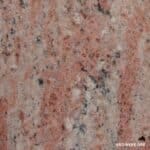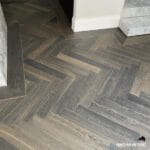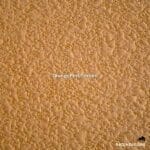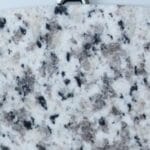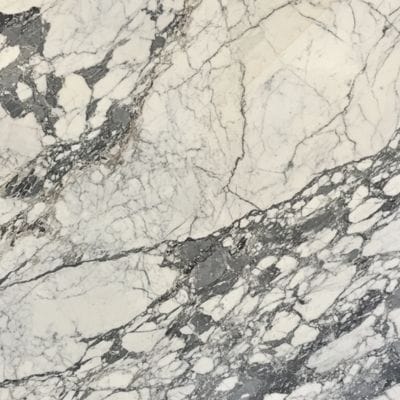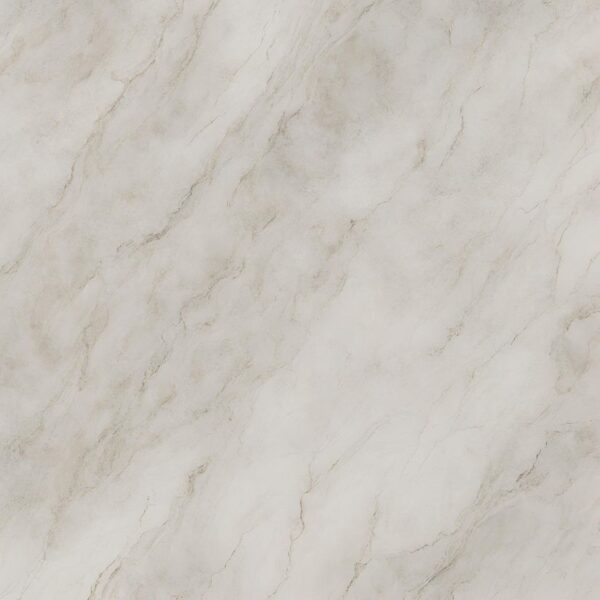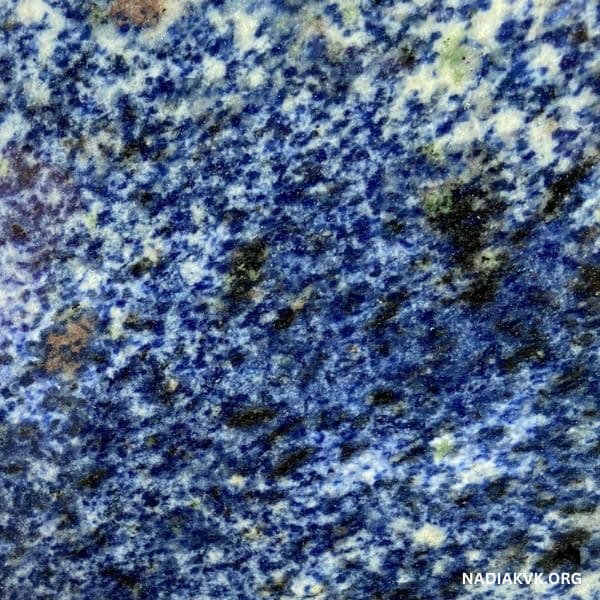Due to its tensile strength and glossy appearance, epoxy is a preferred material for tabletop treatments. Over time it may still be vulnerable to scratches and stains, which is why routine care like polishing is essential. But how to polish epoxy countertops properly. Epoxy countertops can be polished to offer an additional layer of protection and to keep their glossy appearance.
Buffing and wet sanding are the two major techniques for polishing epoxy countertops. In order to buff a countertop, a machine with a polishing pad is used to apply a fine polish compound to the surface. Light scratches or swirl stains on the surface can be effectively removed with this technique.
On the other hand, wet sanding uses specially-made sandpaper sheets that have been soaked in water to erase deeper scratches from the surface. The degree of surface damage to your countertop ultimately determines whether you should polish it or wet sand it.
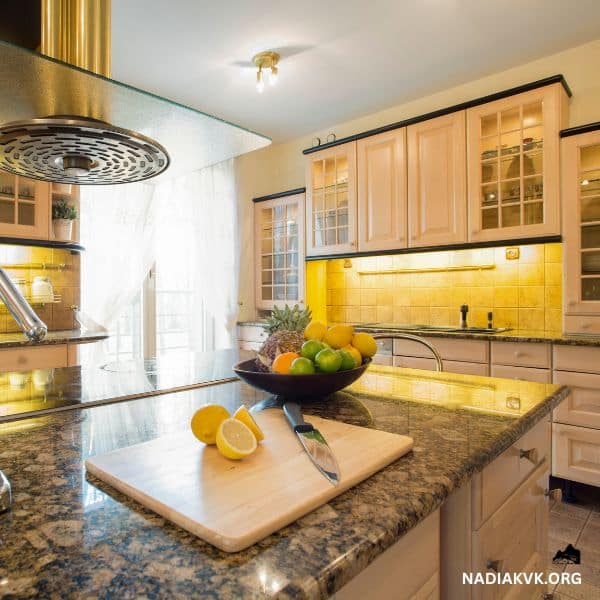
Getting Prepared for Polish
Polishing your epoxy countertops is an excellent method to add a little additional shine to it. However, there are a few steps you must take to prepare your counters for polishing before you begin.
Start by thoroughly washing it with soap and water. Any dirt or grime that would hinder the polish from fully sticking will be helped by doing this. Dry it completely after cleaning it because any moisture on the surface can hinder polishing.
Next you’ll need to apply a layer of primer. This will help the polish adhere evenly and prevent any streaks or blotches. Once the primer is dry, you’re finally ready to start polishing!
Polishing epoxy resin is a process of using successively finer grades of sandpaper to remove scratches, then using compounds and buffing wheels to polish the surface until it’s smooth. Here’s what you’ll need to get started:
- Sandpaper ranging from 120 to 1000 grit
- Water sanding block
- Scratch remover compound
- Buffing wheel
- Buffing products
- Wax products
Removing Imperfections
If you find imperfections in your epoxy coating or casting, don’t worry – there are ways to fix them! With a little sanding and polishing you can remove scratches, bumps, and uneven areas to create a smooth, professional-looking finish. Here’s how:
1. Start with medium-grit sandpaper and sand the entire surface to even out any roughness.
2. Switch to fine-grit sandpaper and continue sanding until the surface is completely smooth.
3. Use a polishing compound designed for the epoxy to buff out any remaining imperfections.
4. Finish by applying a layer of wax or sealant to protect your newly polished surface.
Read More: Ubatuba Granite Countertops
Why Is My Epoxy Cloudy After Sanding?
You could notice that an epoxy countertop starts to seem murky as you sand it. This is because epoxy is a plastic, and when it is sanded, it creates tiny plastic particles that fly into the air and land on the epoxy’s surface, giving the epoxy a foggy appearance.
Few measures can be taken to stop this from happening. In order to provide the airborne particles a place to go, first ensure that you sand the epoxy in a space that is well-ventilated.
Secondly, to prevent breathing in the particles, put on a dust mask or respirator. Third, instead of dry sanding the epoxy, wet sand it. Sanding when wet will reduce the quantity of dust created and prevent the epoxy from overheating due to friction.
Manual Vs Machine
Two basic techniques—manual and mechanical—are used to polish epoxy countertops. Before selecting a choice, one should weigh the advantages and disadvantages of each.
The older method of manual polishing is buffing the countertop’s surface with sandpaper or a diamond pad. The cost of using this method is often lower, and anyone with a little patience and effort may use it. The finish might not be as high-quality as with machine polishing, though, and it can be very time-consuming.
The more recent technique uses specialized equipment to buff the countertop’s surface: machine polishing. Although this approach normally costs more, it gives a finish of greater quality faster. If done correctly, machine polishing is also less likely to harm the countertop.
Wet Sanding Vs Buffing
When it comes to giving your epoxy countertops a smooth, polished finish, you have two main options: wet sanding or buffing. So, which is the best method for achieving a high-gloss finish?
The more conventional technique is wet sanding, which entails sanding from coarse grit to finer grit until the desired results are obtained. Either by hand or with an orbital sander, this can be finished. Although wet sanding takes longer than buffing, it is more successful at erasing blemishes and scratches.
Buffing is the quicker option and involves using a polishing pad to buff the surface of the countertop. Buffing doesn’t remove scratches as effectively as wet sanding, but it does give the countertop a smoother, shinier finish.
Read More: Metal Countertops
Resin Polishing Compound
For those who want the best resin polishing compound for their epoxy countertops, there are a few things to keep in mind. First, consider the coarseness of the compound. Second, think about how much shine you want on your countertop. Third, decide whether you want a liquid or paste compound.
The best resin polishing compounds are usually those that are medium to fine grade. This will give you the best balance between shine and durability. For those who want a high-gloss finish, a finer compound is necessary. However this can be more difficult to apply and may require more time to achieve the desired results.
When it comes to choosing between a liquid and paste resin polishing compound, it really comes down to personal preference. Liquid compounds are often easier to apply and can provide a more even coat.

